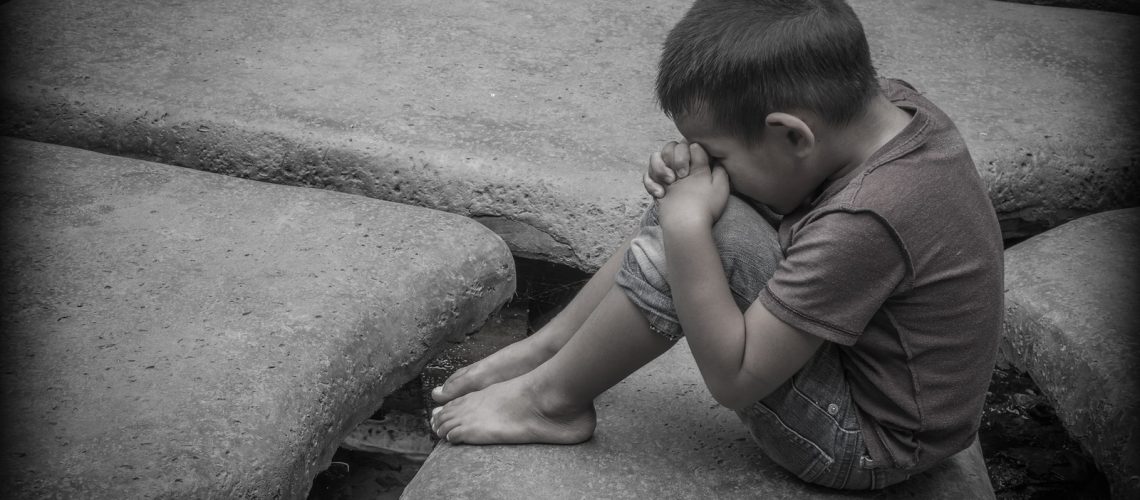Earthquakes, tsunami's and typhoons and wars are hard to process and difficult to discuss with children.
Feelings are triggered in each of us as we picture what life is like for those directly affected, and as we imagine protecting our families in similar circumstances and as we are exposed to daily images of human suffering.
What is a parent to do?
How do we explain the events to our children, in a way that protects and nurtures them?
Here are some thoughts about caring well for our children and ourselves during difficult times.
Take Care of Yourself First
First, we need to set aside time to talk with each other, and work through some of our feelings and reactions, at times and places separate from our children. We adults carry feelings about current events and it’s easy to fall into feeling helpless. Often, our first task is to remember what and whom we care most about.
As children, we had an expectation that the world would be sweet, safe, and just. If we take the time, our thoughts about our families and our longings for safety and justice will lead to the appropriate human response—crying, and even trembling—when we focus on the breach of that sense of safety.
We need to open our feelings and let them flow with other adults as listeners, exchanging listening time with them, and addressing the emotional load a tragedy places on each of us.
Accessing our gut feelings will help us recover our ability to use the power we do have. We need hope and energy at our fingertips, so we’re able to do what we can in our families and communities to make the world right.
It is important for our children to see that we care about people, and feel one with them in hard times. But our children shouldn’t become our only sounding board. If your feelings bubble up in their presence, go ahead and show them openly, but without detailed explanation of your feelings. “I'm sad about something I heard on the news” is fine, along with “and I just need to cry for a little while to let the sadness out.”
It is not helpful for very young children to know all the details of a well-publicized disaster.
Keep Your Children Protected
They can't digest exposure to human suffering. Exposure to the graphic images in newspapers or on TV, and the interpretations of newspeople can be frightening. The following are ways to keep young children protected from information they can’t process.
- Do Shield them from the media. TV reports, newspaper photographs, and radio commentary can communicate that adults do not feel safe, in charge, or trustful of others. Get your news after the children have gone to bed, or while you're commuting in your car. Don't let news erode the sense of connection and caring that you work so hard to build in your family.
- Concentrate on the present moment, on the goodness of being together, and on moving forward in your daily routine.
- Explain the events in general terms, and in terms that your child can understand. For example, you could say that lots of adults feel upset, because there was an earthquake and a big wave that hurt many people. You can explain that you have feelings, too, and that you will be talking to other grownups to express your upsets, and then live your life well.
- Give explicit reassurance to children who are exposed to graphic images on TV or to tense, distressed adult talk. They need to be told explicitly that they are safe, that you will keep them safe, and that you are doing what you can to respond to the news they have heard.
Handling Tricky Questions
If you are asked why a tragedy happened, fashion your answer to your child's age and experience.
When an earthquake occurs, for instance, acknowledge that the earth needs to stretch and bend sometimes, and we are working to keep people safe, but we don’t have all the answers.
Explain that people will learn from what happened, that grownups need to have time to be sad and cry about it, and that making time for people to show their feelings gives them the energy to work out solutions.
Don't try too hard to get the explanation “right.” Disasters just don't make sense to children. Facts don't make a random catastrophe understandable for them. Young children need an explanation of why the adults around them are reacting, and that we may be serious right now, but that we will take care of them.
Your children need as much reassurance as you can give that harm won’t come to them.
What To Do About Fear
If your child has become frightened by the tones, words, or images he has seen, he will find ways to bring up his fears. These fears may be indirect. For example, he may wake up crying in the night, may get upset over not getting to sit on your lap during dinnertime, or may have a tantrum over not being able to find the shoes he wanted to wear today.
Our children need us to listen at these times, to stay close and reassure them while they feel the feelings in a big way. Setting a limit such as “You can sit on my lap after dinner, I promise,” said in a relaxed tone may result in the tears and upsets your child needs to release the feelings of fear and tension until your reassurance sinks in. “We'll find your other shoe, but right now, I don't know where it is,” will work just fine to give a child an outlet for his worries.
Children need these small upsets to serve as “can openers” for the emotions they have stored away. They usually choose a safe family time, like dinnertime or bedtime, or a challenging time like leaving for school or day care in the morning, to crack an upset open so they can offload the feelings and then sense that they are safe again.
When you listen, you can expect the feelings to last a good while. The warmer and more loving you are, the more intense the feelings will become. This is normal, healthy, and a direct acknowledgment of the sense of safety you have provided. Don't mention the crisis that you think may be attached to all these feelings.
Don't Solve the Situation
Children's emotional release process can be stopped cold when a parent tries to analyze the situation, or insists that the child explain why he’s crying. Instead, it works better to focus solely on the small issue at hand, which your child chose because it was exactly the size he could handle.
As parents, we know that it takes a great amount of person-to-person love, work, and commitment to keep even a small group of people working cooperatively together.
The skills we develop, as parents, are the same skills needed to heal our human community, person by person. Listening helps us draw closer to each other. Listening, and finding someone who will let us express the deep feelings we have when disaster strikes, lets us acknowledge the compassion we have, release the feelings, and act on our caring, both at home and more widely.
For more information on listening to your child effectively, get the book Listen or download Hand in Hand's booklet on Healing Children's Fears


